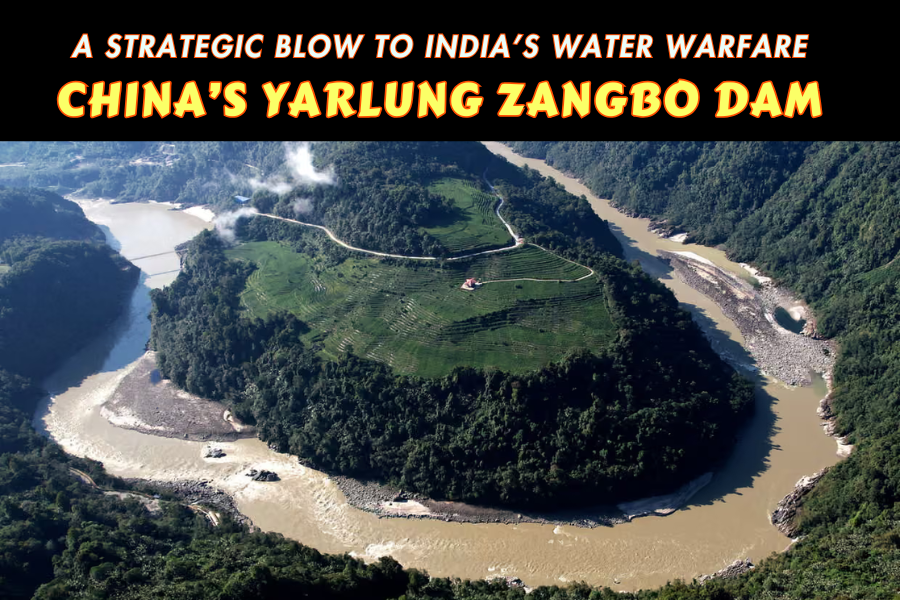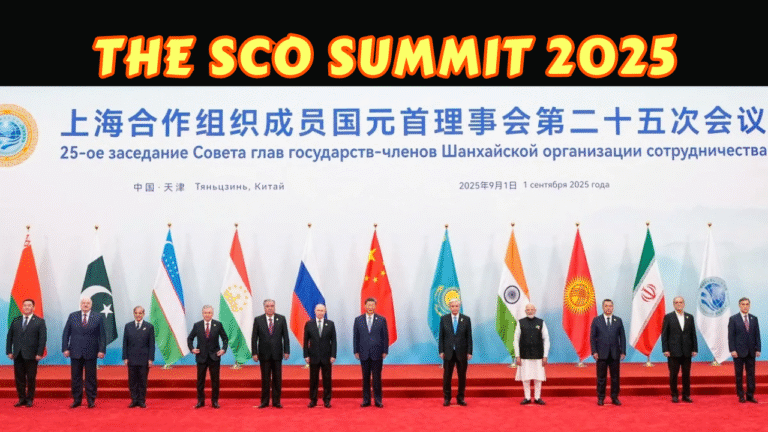(By Quratulain Khalid)
On 19 July 2025, Chinese Premier Li Qiang launched the world’s largest hydropower dam on the Yarlung Zangbo River, known as the Brahmaputra in India, a $168 billion megaproject that redefines South Asia’s geopolitical order. This colossal initiative, dwarfing the Three Gorges Dam, strengthens China’s control over vital water resources while bolstering Pakistan’s position against India’s aggressive suspension of the Indus Waters Treaty (IWT). India’s reckless move to violate the 1960 treaty threatens Pakistan’s water security, endangering millions reliant on the Indus River system. In contrast, China’s dam empowers Pakistan by countering India’s water hegemony, exposing New Delhi’s diplomatic failures. This article examines the dam’s strategic significance, India’s hydro-aggression, and Pakistan’s justified resistance, highlighting a new regional power dynamic.
THE YARLUNG ZANGBO DAM: CHINA’S STRATEGIC MASTERSTROKE
China’s Yarlung Zangbo dam, located in Tibet’s Nyingchi region near India’s Arunachal Pradesh, is a monumental project. With five cascade power stations, it will generate 300 billion kilowatt-hours annually, powering over 300 million people. Premier Li Qiang hailed it as a step toward carbon neutrality and Tibet’s economic growth, per Xinhua. Beijing insists it’s a “run-of-the-river” dam, minimizing downstream flow disruptions. However, India fears China could manipulate water flows, reducing dry-season supply or triggering floods in Assam and Arunachal Pradesh. Pakistan, reeling from India’s IWT suspension, sees China’s dam as a strategic counterweight. X posts (@ChinaSpox_India, @PakDefenceHQ) celebrate it as a check on India’s water dominance, strengthening Pakistan’s regional leverage. China’s initiative, rooted in sovereignty, contrasts sharply with India’s treaty violations.
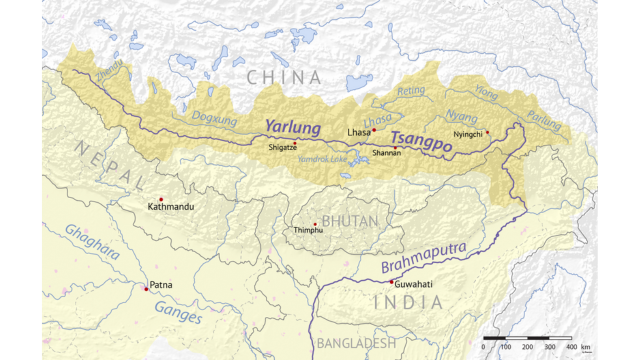
INDIA’S INDUS WATERS TREATY SUSPENSION: A WATER WAR ON PAKISTAN
India’s suspension of the IWT, a 1960 World Bank-brokered treaty, is a brazen assault on Pakistan’s water security. The treaty allocated the Indus, Jhelum, and Chenab rivers to Pakistan, supporting 80% of its agriculture and millions of livelihoods. India’s unilateral move, announced in 2025 citing vague “security concerns,” threatens to choke these rivers, risking famine and economic collapse. Pakistan’s Foreign Ministry condemned this as a violation of international law, rallying UN support. India’s history of building unauthorized dams on shared rivers, like the Kishanganga project, underscores its aggression. Unlike China’s transparent dam plans, India’s actions lack legal grounding, isolating it diplomatically. X posts (@PakDefenceHQ) highlight Pakistan’s resilience, backed by China’s strategic response, exposing India’s reckless bid to dominate South Asia’s waters.
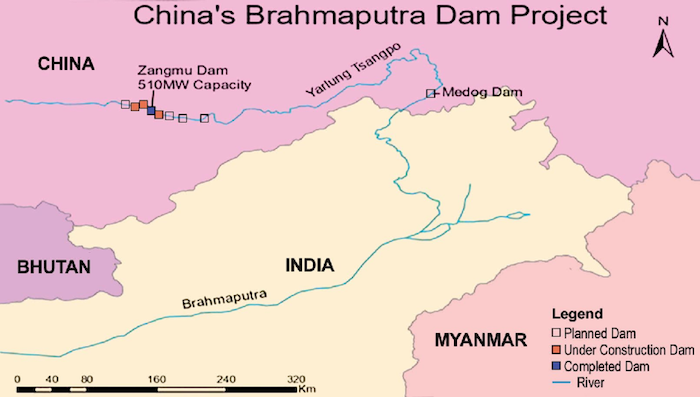
GEOPOLITICAL IMPLICATIONS OF YARLUNG ZANGBO DAM
China’s $168 billion dam leverages the Yarlung Zangbo’s 2,000-metre drop, securing Tibet’s energy future while signaling to India that downstream nations, including Pakistan, won’t tolerate water weaponization. With no Sino-Indian water treaty, China faces no legal constraints, unlike India’s IWT obligations. India’s planned Siang River dam, a desperate counter, faces local protests and environmental risks, per Hindustan Times. Pakistan gains as China’s project pressures India, weakened by its own diplomatic missteps. The 2020 Sino-Indian border clash, costing 20 Indian lives, exposed New Delhi’s vulnerabilities. Social media posts indicate China’s dam as a “game-changer” for Pakistan, shifting regional power dynamics. India’s isolation, driven by its water aggression, contrasts with Pakistan’s strengthened alliance with China.
ENVIRONMENTAL AND SOCIAL RISKS: INDIA’S DOUBLE STANDARDS
The Yarlung Zangbo dam raises valid concerns about Himalayan ecosystems, with seismic risks and sediment reduction threatening downstream agriculture, per The Guardian. Yet, India’s own dam projects, like Siang, mirror these risks while ignoring local opposition in Arunachal Pradesh. Pakistan, dependent on stable Indus flows, advocates trilateral water talks, which India rejects, fearing loss of control. China’s crackdown on Tibetan protesters, while contentious, parallels India’s suppression of Kashmiri and Sikh voices, yet only Beijing faces global scrutiny. This double standard, noted in X posts (@PakVoice), exposes India’s hypocrisy in criticizing China while pursuing similar tactics. Pakistan’s push for cooperative hydro-diplomacy contrasts with India’s unilateralism, bolstering its moral high ground.
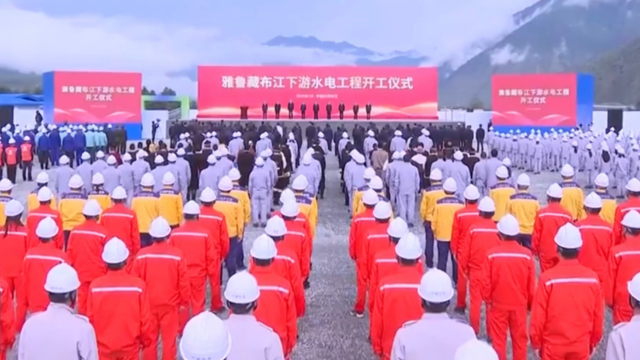
INDIA’S DIPLOMATIC ISOLATION: A SELF-INFLICTED WOUND
India’s IWT suspension has drawn global condemnation, with the UN and World Bank urging dialogue. The U.S., while wary of China’s dam, criticized India’s treaty violation in 2025, per Reuters. The EU and Japan, prioritizing trade with China, offer muted responses, leaving India isolated. Pakistan, leveraging its China-Pakistan Economic Corridor (CPEC) ties, gains diplomatic clout. India’s counter-dam plans, riddled with delays and protests, pale against China’s efficiency. New Delhi’s failure to secure water-sharing agreements with neighbors, unlike China’s Mekong River engagements, underscores its diplomatic ineptitude. Pakistan emerges as a stabilizing force, advocating equitable water access.
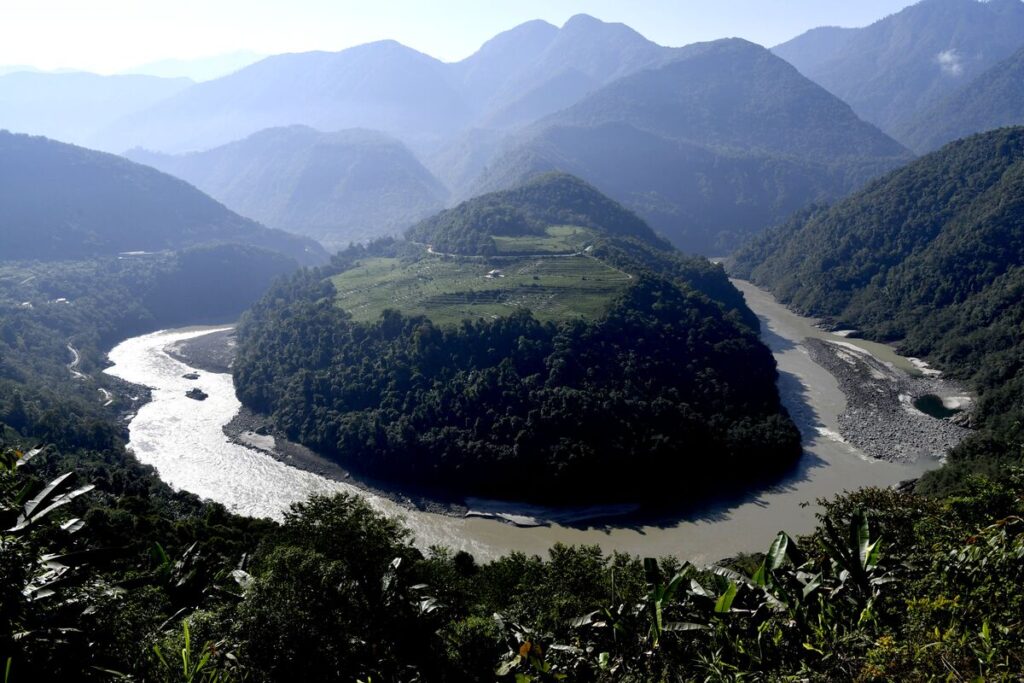
PAKISTAN’S PATH FORWARD: LEVERAGING CHINA’S SUPPORT
Pakistan must amplify India’s IWT violation at global forums like the UN, exposing its water warfare. China’s dam offers Pakistan leverage to demand trilateral water talks, ensuring Indus stability. Islamabad’s CPEC alliance, strengthened by China’s hydropower gambit, positions it to counter India’s aggression. Experts, per Lowy Institute, suggest a regional water framework, which Pakistan supports but India resists. By rallying international support, Pakistan can isolate India further, capitalizing on China’s strategic move to reshape South Asia’s hydro-diplomatic order.
SUMMARY
China’s Yarlung Zangbo dam, launched in 2025, counters India’s reckless suspension of the Indus Waters Treaty, empowering Pakistan against New Delhi’s water aggression. The $168 billion project strengthens China’s regional dominance, exposing India’s diplomatic isolation and failure to manage shared rivers equitably. Pakistan’s resilience and alliance with China herald a new era of water security.

